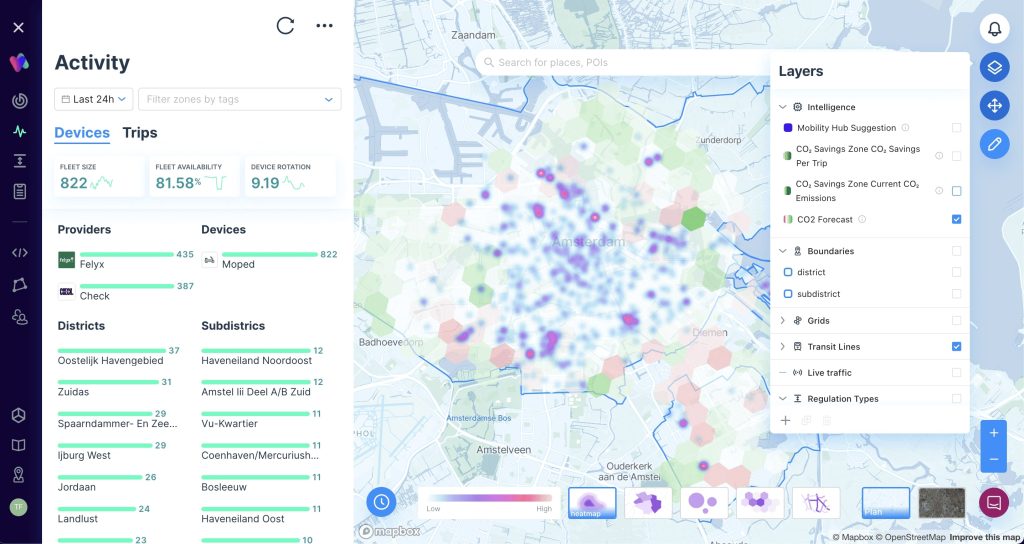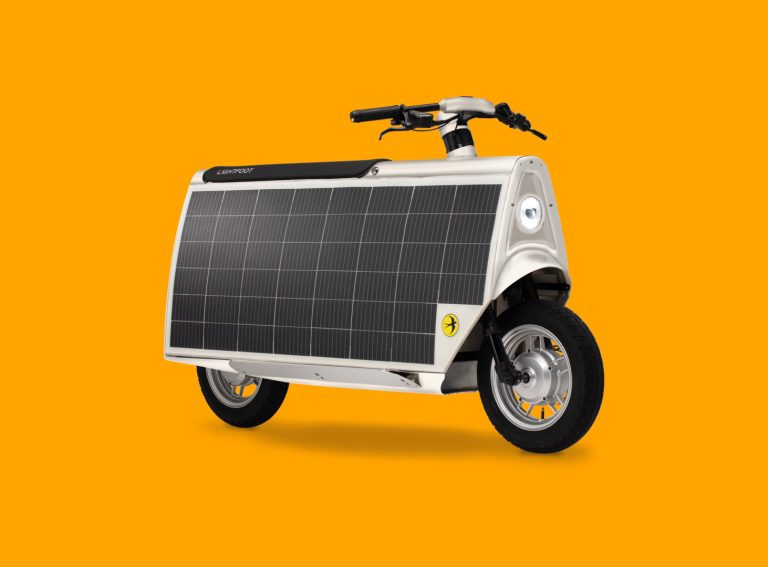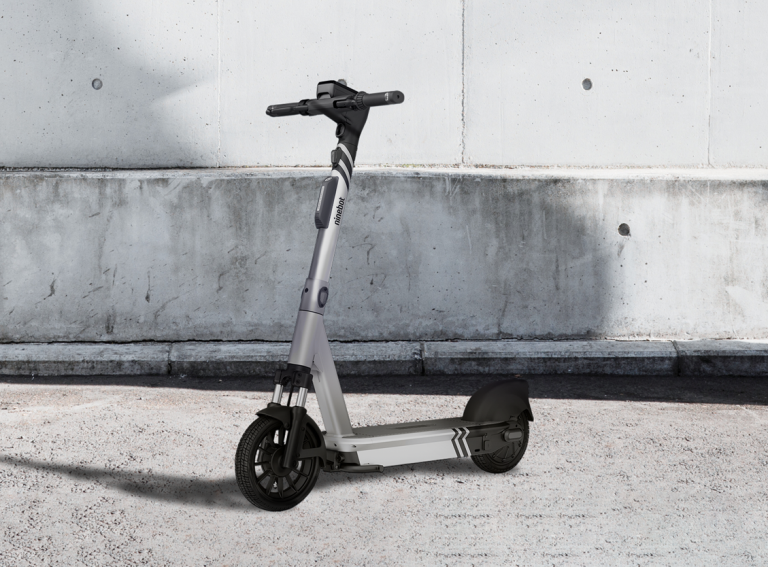Mobility management platform Vianova has released a new AI tool for cities and shared mobility providers to measure and reduce their carbon emissions.
The new emissions calculator was able to forecast that Amsterdam and Tallinn – where the tool is currently being implemented alongside the shared mobility providers stationed there – could save up to 1,000 tons of CO2 per city per year. This represents more than 10% of the average total carbon footprint in these cities.
Powered with advanced AI algorithms, the tool is designed to help curb CO2 emissions by identifying areas where shared mobility can be deployed to maximise chance of mode shift away from private cars.
City planners can use the ‘Mobility Policy Auto-Tuner’ (MPAT) tool to identify areas where regulations or infrastructure, such as mobility hubs or cycle path location opportunities, should be implemented in order to nudge citizens into greater shared mobility usage.
It can also anticipate the ‘alternative carbon footprint’ of a trip that would be taken by a shared transport mode; model the potential impact of a given policy from a CO2 perspective over time; and recalibrate the AI algorithm to suggest better regulations given the tracked outcomes.

“Our tool allows cities and operators to ask the more complicated questions such as where are the best places for mobility hubs or how do I better manage parking flows,” Vianova’s Head of Policy and Partnerships, Alex Pazuchanics, told Zag Daily.
“It is these types of interventions that we are looking to quantify, particularly around CO2 savings. The aim is to provide a reasonable projection beforehand and good monitoring during implementation, rather than making cities wait years for an emission inventory.”
This new tool has been developed in partnership with global transport consultancy Rebel Group.



